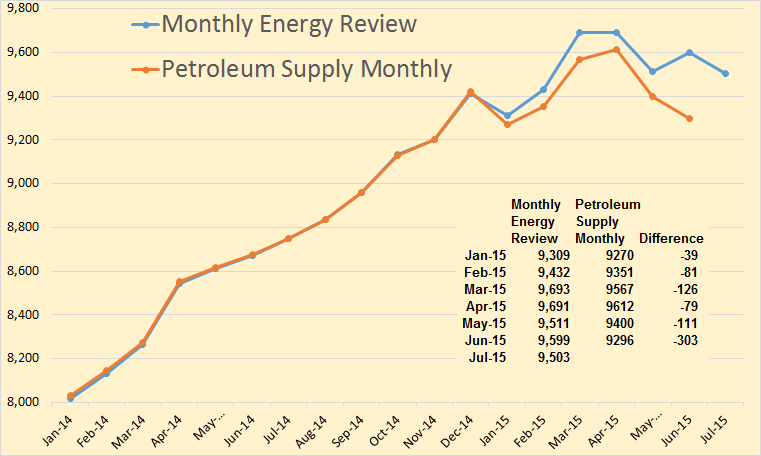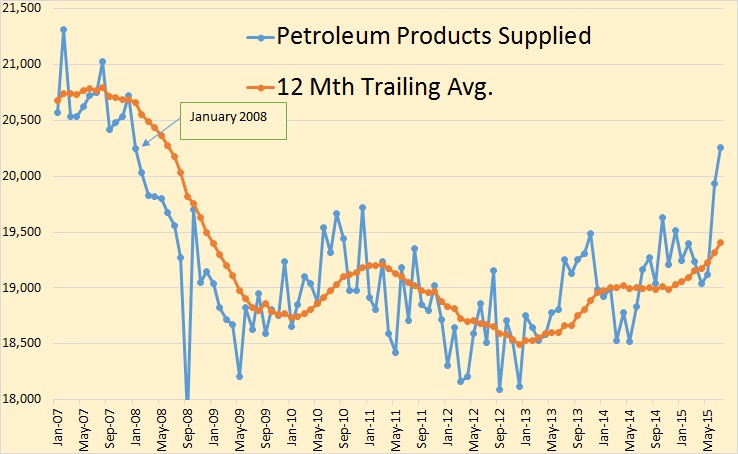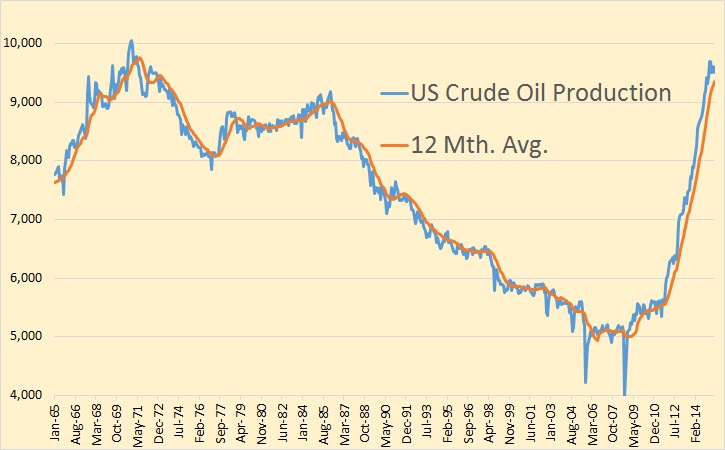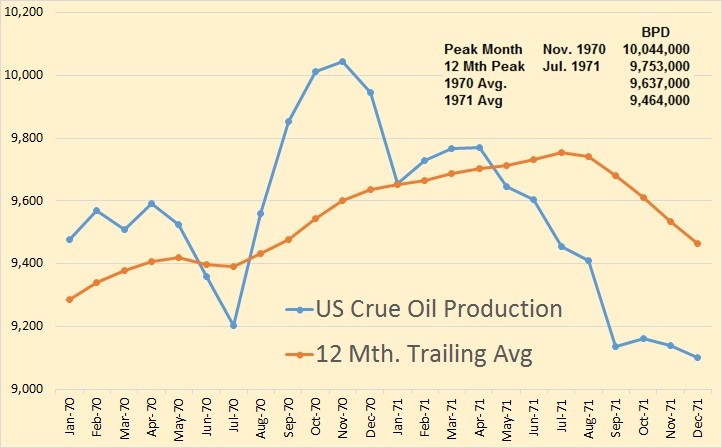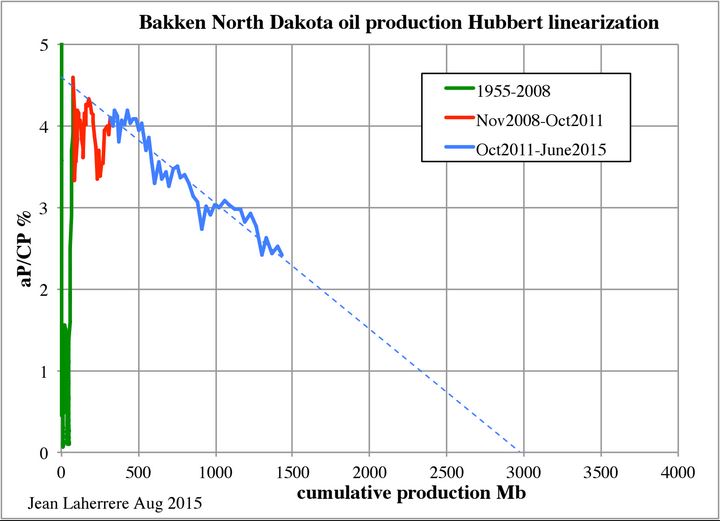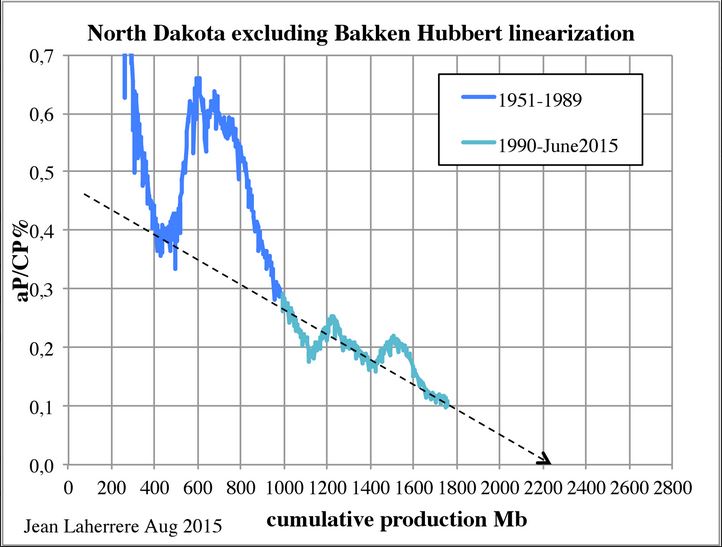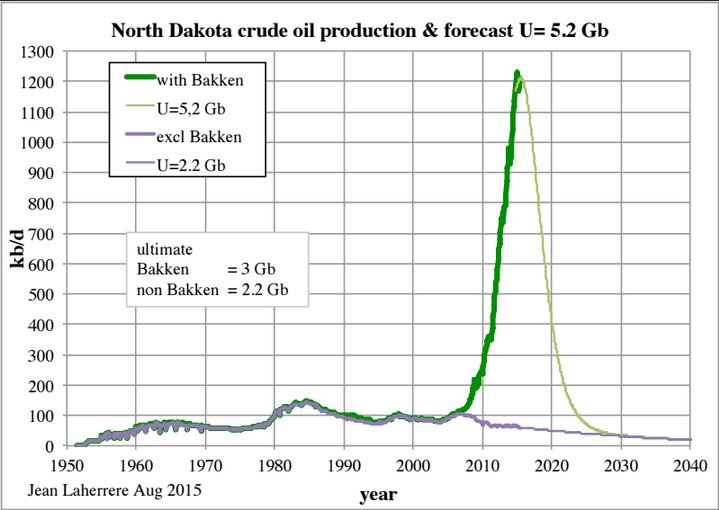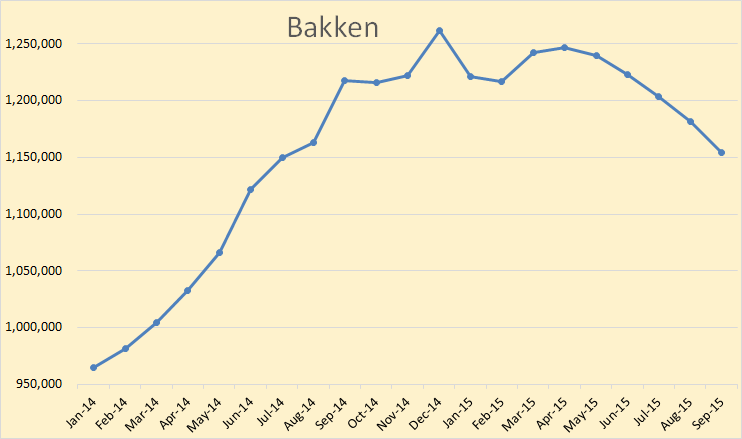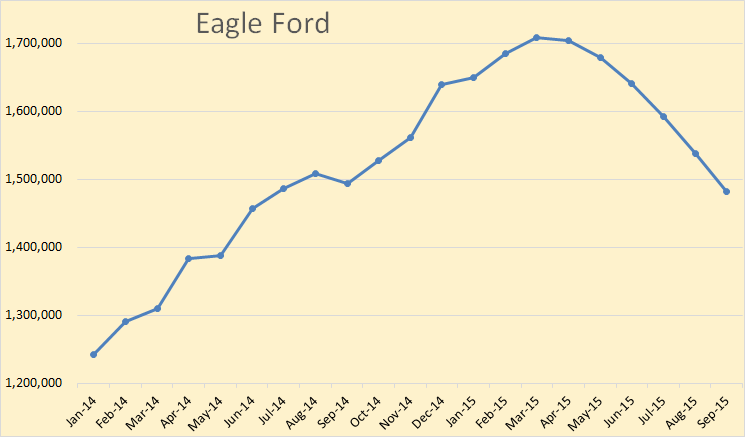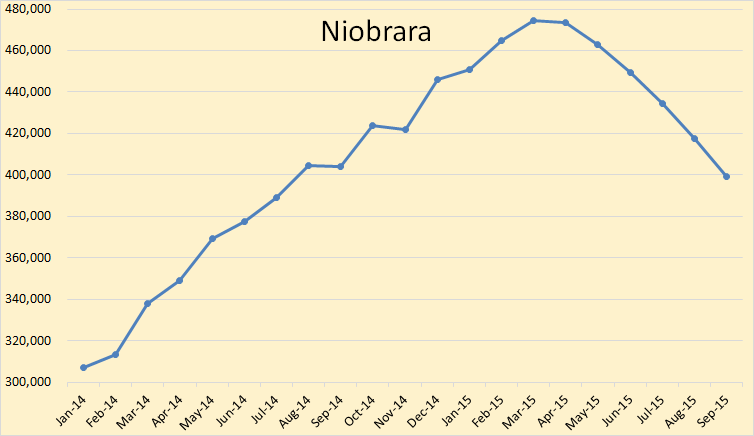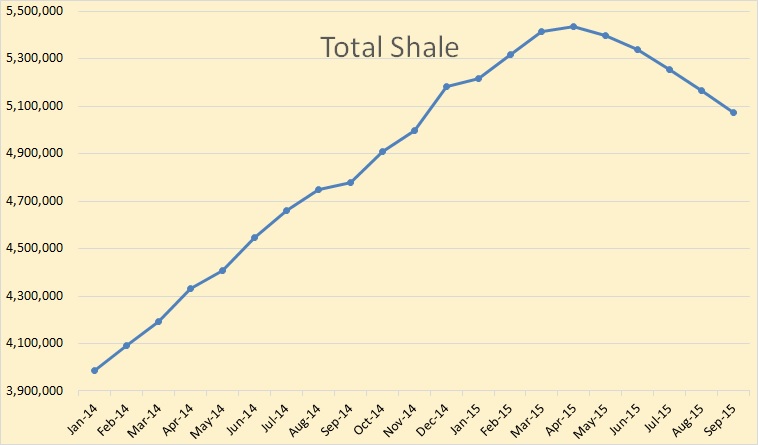The party is over for tight oil.
Despite brash statements by U.S. producers and misleading analysis by Raymond James, low oil prices are killing tight oil companies.
Reports this week from IEA and EIA paint a bleak picture for oil prices as the world production surplus continues.
EIA said that U.S. production will fall by 1 million barrels per day over the next year and that, “expected crude oil production declines from May 2015 through mid-2016 are largely attributable to unattractive economic returns.”
IEA made the point more strongly.
“..the latest price rout could stop US growth in its tracks.”
In other words, outside of the very best areas of the Eagle Ford, Bakken and Permian, the tight oil party is over because companies will lose money at forecasted oil prices for the next year.
Global Supply and Demand Fundamentals Continue to Worsen
IEA data shows that the current second-quarter 2015 production surplus of 2.6 million barrels per day is the greatest since the oil-price collapse began in 2014 (Figure 1).
Figure 1. World liquids production surplus or deficit by quarter. Source: IEA and Labyrinth Consulting Services, Inc.
(click image to enlarge)
EIA monthly data for August also indicates a 2.6 million barrel per day production surplus, an increase of 270,000 barrels per day compared to July (Figure 2).
Figure 2. World liquids production, consumption and relative surplus or deficit by month.
Source: EIA and Labyrinth Consulting Services, Inc.
(click image to enlarge)
It further suggests that the August production surplus is because of both a production (supply) increase of 85,000 barrels per day and a consumption (demand) decrease of 182,000 barrels per day compared to July.







